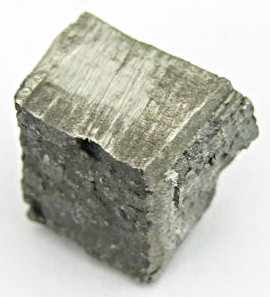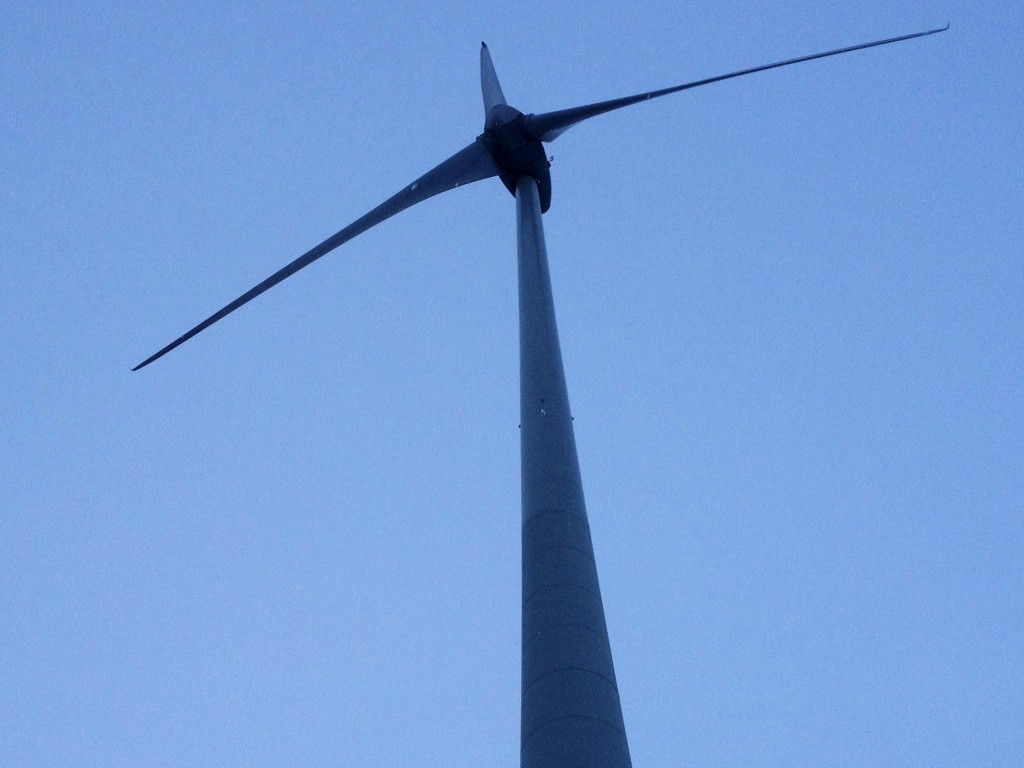Search Results for Tag: China
United States and China team up against climate change
Two of the main contributers to global greenhouse gas emissions are working on a collaboration to finally take on the world’s biggest challenge. “Both sides recognize that, given the latest scientific understanding of accelerating climate change and the urgent need to intensify global efforts to reduce greenhouse gas emissions, forceful, nationally appropriate action by the United States and China – including large-scale cooperative action – is more critical than ever”, a statement, both countries released lately, reads.
US Secretary of State John Kerry visited Beijing during his tour through the region. The paper could be seen as a step forward, as both states, the world’s two biggest economies, are business rivals. China describes itself as a developing country, which emits far less carbon per capita and therefore should not have to bear the same burden as advanced economies in tackling the problem.
“By agreeing to raise the issue of climate change and energy policy to the ministerial level … we put on an accelerated basis at a higher level our joint efforts with respect to energy and climate”, US Secretary of State Kerry said. “And I think that globally that will be a very significant step and significant message.”
According to Chinese State Councillor Yang Jiechi , the nation’s top foreign policy official, the two sides would “strengthen practical cooperation” in areas including the economy, energy and environmental protection.
“Such action is crucial”, the statement adds, “both to contain climate change and to set the kind of powerful example that can inspire the world.”
Exploring the North – rare earths crucial for renewable energy
Below the Scandinavian snow cover, there are even more resources (apart from ice) that make the North special. Mining is a big deal in this region, especially in Sweden. From copper, iron ore to gold, the country is rich in minerals and metals – in fact, it is the largest mining region in Europe. So it’s not that surprising to find some real precious treasures in the Swedish ground – rare earths. They are not only important for smartphone chips and laptop processors, but also play a crucial role in renewable energy technology and thus in energy transition, helping the world to emit less CO2.
These non-renewable resources for renewable energy technology have strange names – dysprosium can be found in magnets that are used to run generators in wind power stations. Ytterbium is used for tubes in reactor technology, neodymium is important for the engines of electro- and hybrid-cars. Terbium can in turn be found in semiconductors important for building solar cells.
They are all found in Norra Karr and Olserum, two (potential) mining sites in Sweden. They are owned by the Canadian mining company Tasmet, which has applied for permission to mine in Norra Karr and is exploring the site in Olserum. Both are the only (so far known) sites in the European Union, where rare earths can be found. So far, the largest producer is China – producing 97 percent of the world’s rare earths in 2009. These metals are used all around the world and demand is projected to rise from 130,000 tons per year in 2012 to 186,000 tons in 2015. One already senses where problems might arise.
At the end of 2010, China restricted export of rare earths for the first time, putting the EU’s energy strategy at risk. What’s more, car manufacturers such as General Motors or Toyota searched for (and claimed to nearly have found) alternatives to become more independant. But so far, there don’t not seem to be alternatives that are feasible on a large scale. Which is why, even small deposits are still lucrative to mine and researchers are keen on finding new ways of mining.
Now you might think this isn’t my problem but rather that of big manufacturers. Well, you are almost right. We all have small earth desposits in old computers, TV monitors and outdated mobile telephones stored in our cellars and attics. Aware of possible shortages of the metals, the electronics industry is aiming to develop feasible recycling methods for rare earths that are still not in place.
So, if some day we do have these proper recycling methods in place, keep your attic-treasures in mind…they just might contribute to something big:
Bizarre but valuable: Top 10-list of new species 2011 draws attention to biodiversity
Short time ago the International Institute for Species Exploration at Arizona State University anounced their picks for the top 10 new species described in 2011. It’s the fifth time in a row that attention-grabbing species have been nominated to open the world’s eyes for “the biodiversity crisis and the unsung species explorers and museums who continue a 250-year tradition of discovering and describing the millions of kinds of plants, animals and microbes with whom we share this planet,” as Quentin Wheeler, an entomologist who directs the International Institute for Species Exploration at ASU, said.
When you have a look at the gallery below you will have to admit that this year’s list is quite exquisit. It’s members come from Brazil, Myanmar, the Dutch Caribbean, South Africa, Papua New Guinea, Spain, Borneo, Nepal, China and Tanzania. You will find a sneezing monkey there, a beautiful but venomous jellyfish, an underworld worm and a fungus named for a popular TV cartoon character.
The nominations had to be “species that capture our attention because they are unusual or because they have traits that are bizarre,” said Mary Liz Jameson, an associate professor at Wichita State University who chaired the international selection committee. At the institute’s website you will also find a Google world map that pinpoints the location for each of the top 10 new species.
New record in world wind market
 The World Wind Energy Association (WWEA) has some good news for the world market for wind turbines. Not only that the market has recovered last year, it also set a new record: 42 gigawatt of new capacity had been installed in 2011, the worldwide total capacity rose up to 239 GW. According to the WWEA todays wind power would be enough to cover 3 % of the world’s electricity demand. China is the biggest player in the business, says the WWEA. The country installed around 18 GW of new wind turbines within 2011, coming to a total capacity of 63 GW – that’s more than one fourth of the global wind capacity. The second largest market for new wind turbines was again the USA, followed by India and Germany, which grew about 2 GW.
The World Wind Energy Association (WWEA) has some good news for the world market for wind turbines. Not only that the market has recovered last year, it also set a new record: 42 gigawatt of new capacity had been installed in 2011, the worldwide total capacity rose up to 239 GW. According to the WWEA todays wind power would be enough to cover 3 % of the world’s electricity demand. China is the biggest player in the business, says the WWEA. The country installed around 18 GW of new wind turbines within 2011, coming to a total capacity of 63 GW – that’s more than one fourth of the global wind capacity. The second largest market for new wind turbines was again the USA, followed by India and Germany, which grew about 2 GW.
Growing rice + fishing

A new study out of China has some encouraging news for farmers and the environment: according to the six-year long report from the National Academy of Science in China, rice cultivation and fishing can take place side-by-side in the same place!
In the study, fish were allowed to swim in flooded paddies at the same time as farmers were cultivating rice. Over time, researchers found out the farmers grew the same amount of rice as usual but cut down drastically on the amount of pesticide and fertilizer they normally use. Fewer chemicals in the paddies means a lower environmental impact. Plus, one of the study’s authors says areas that don’t have enough water and land for rice and fish production can combine the two and benefit everyone. You can read more about the study on the Science and Development Network.














Feedback